07:49, 11/05/2023
To cope with the weather and natural disasters that are forecast to have complex and unpredictable developments during the rainy and stormy season, Dak Lak has promptly developed a natural disaster response plan to minimize risks and damage.
Natural disasters are complicated
Dak Lak is a province with diverse terrain, so the climate is different between terrain types. In particular, the seasonal rainfall regime is one of the specific factors that causes many types of natural disasters every year in the province. The rainy season usually starts from May to October (accounting for about 90% of the total annual rainfall), often causing floods and landslides. The dry season is from November to April of the following year, with insignificant rainfall, often causing droughts and forest fires. In addition, during the transitional season, other types of natural disasters often occur, such as thunderstorms, lightning, and tornadoes. In recent years, the decline in forest area and quality of natural forests has increased the number of natural disasters in the area.
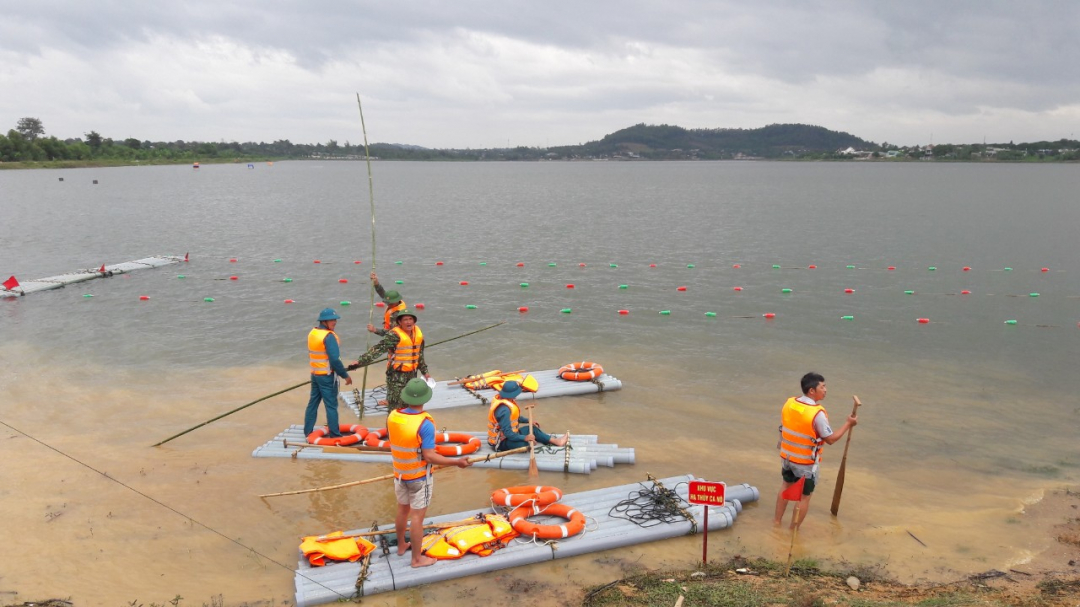 |
| Deploying rescue training in Ea Kar district. |
Floods and flash floods are common in the period from August to November every year. However, in recent years, due to the impact of climate change, many heavy rains and floods have occurred early (June, July) or late (December), or unseasonal rains and floods (January), causing flooding and causing great damage to agricultural production. Floods and flash floods are dangerous natural disasters, often causing human casualties, damage to many infrastructure works, production losses, and affecting the economic development speed of the locality. In particular, for remote areas, the vulnerability is high due to a number of main reasons, such as: the infrastructure system has not been invested in solidly; traffic through overflows when it rains and floods has not been controlled; the habit of living for a long time in temporary huts on the fields; the ability to receive information on forecasts and warnings of natural disasters is limited, and the capacity to respond to natural disasters in the community is not high.
In the dry season, heat and drought often occur over a large area and last for a long time, especially at the end of the dry season, the level of heat and drought increases. Due to the nature of cultivation with a large proportion of perennial crops, drought prevention and control work is difficult. However, in recent years, drought has occurred during the rainy season, mainly affecting short-term crops. The damage caused by drought every year is very large in terms of economy as well as the natural environment... In addition, natural disasters such as tornadoes, lightning, and hail often occur on a small area during the late dry season to the middle of the rainy season, causing danger to human life and difficult to predict early.
According to statistics from the Provincial Steering Committee for Natural Disaster Prevention, Control and Search and Rescue (PCTT-TKCN), in 2022, the whole province experienced 16 natural disasters, including: 9 tornadoes, thunderstorms; 5 heavy rains and floods; 2 landslides. Natural disasters killed 1 person; 4 people were injured by landslides; 128 houses were flooded; 66 houses were damaged; 14 schools were affected; 8,416 hectares of crops were damaged; over 2,700 livestock and poultry and 20 hectares of fish ponds were flooded and swept away... Total damage was nearly 243 billion VND.
Since the beginning of 2023, there have been 6 natural disasters in the province (including 5 tornadoes and 1 flood) that damaged 118 houses, 3 schools and nearly 682 hectares of crops... Estimated damage is about 8.2 billion VND.
Proactive response, damage reduction
According to the Steering Committee for Natural Disaster Prevention and Control, the weather and hydrological trends from June to August 2023: the average temperature in the province is likely to reach 23 - 26oC, approximately equal to and higher than the average of many years in the same period; total rainfall is likely to reach 550 - 850 mm (250 - 450 mm in the East of the province), approximately equal to and lower than the average of many years in the same period; water levels on rivers and streams generally fluctuate in an upward trend. During this period, on medium and small rivers and streams, there is a possibility of one to two medium and small floods; the flow is generally 15 - 25% higher than the average of many years in the same period. Therefore, it is necessary to guard against small floods causing localized inundation in low-lying areas at the headwaters of small rivers and streams in the districts of Krong Bong, Krong Pac, Ea Kar, Lak.
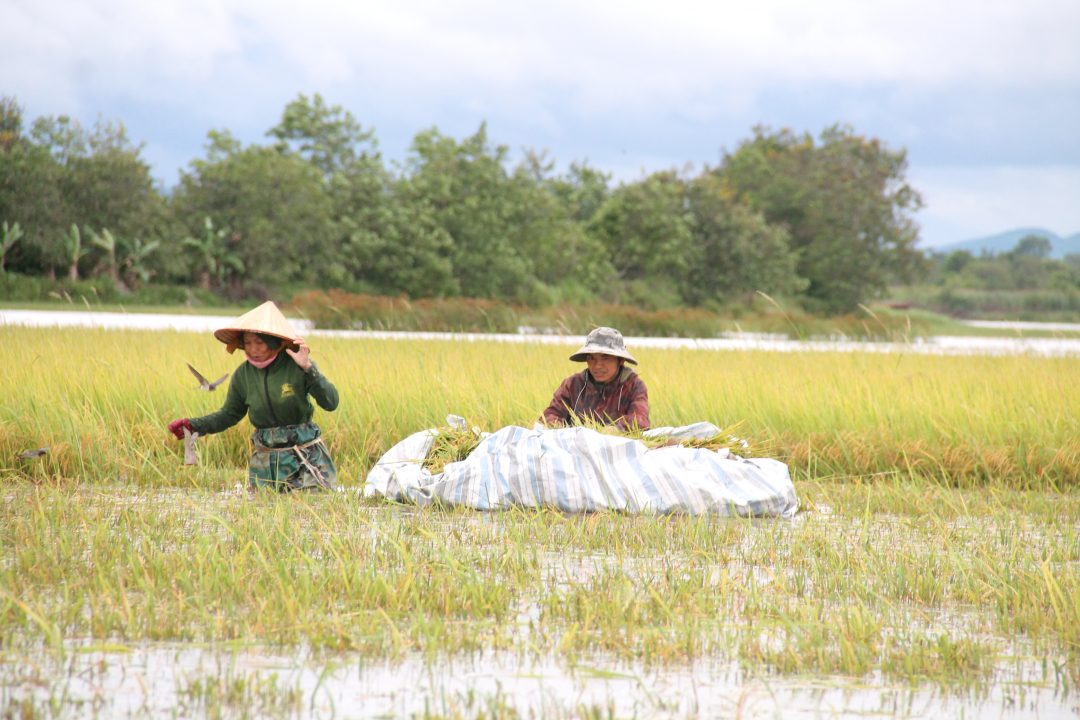 |
| People of Ea Kly commune (Krong Pac district) harvest rice to escape floods during storm No. 4 in 2022. |
To ensure absolute safety for people and property of the State and people, and minimize damage caused by natural disasters during the rainy and stormy season, the Provincial People's Committee has requested all sectors and levels to thoroughly grasp and effectively implement natural disaster prevention and control work according to the motto "four on-site" (on-site command; on-site forces; on-site means and materials; on-site logistics) and the principle of "proactive prevention, timely response, urgent and effective recovery".
At the same time, in order to improve the capacity to respond to natural disaster risks, the Steering Committee for Disaster Prevention and Control annually organizes training courses to improve the capacity and qualifications of 100% of local government officials at all levels directly involved in natural disaster prevention and control. Authorities at all levels organize propaganda and dissemination to sectors and people to raise awareness and responsibility for natural disaster prevention and control activities, proactively respond to natural disasters, especially strong and super strong natural disasters that may occur in the province. In addition, project owners have developed plans to ensure safety for the system of natural disaster prevention and control works, especially large and medium-sized reservoirs, reservoirs near densely populated areas or near important political, economic, cultural, security and defense facilities downstream, etc.
According to Director of the Department of Agriculture and Rural Development, Deputy Head of the Provincial Steering Committee for Disaster Prevention and Control Nguyen Hoai Duong, in order to respond to natural disasters in the coming time, localities and related departments and branches need to strictly implement the motto: Disaster prevention and control work must focus on prevention, relying mainly on the people and local authorities; investment in the prevention phase will bring much higher efficiency than the response and overcoming phase. At the same time, prevention and control must follow the "four on-site" motto, ensuring safety of people and property, protecting production, minimizing risks caused by natural disasters. Protecting the safety of important national security works, key works in the province, ensuring smooth traffic and communication operations. Dak Lak also requested the Central Government to pay attention to supporting equipment for natural disaster prevention, control and rescue work in Dak Lak as well as arranging funding to repair large reservoirs that are damaged and degraded...
| Speaking at the National Online Conference on Disaster Prevention, Control and Search and Rescue in 2023 (at the end of April 2023), Deputy Prime Minister Tran Luu Quang requested ministries, branches, provinces and cities to identify disaster prevention and control as an important, urgent and regular task of the entire political system and society. Do a good job of prevention, control, proactive response, strongly shift from passive response to proactive prevention. Improve the quality of forecasting, early warning, timely and accurate warning of natural disaster developments... |
Minh Thuan
Source link



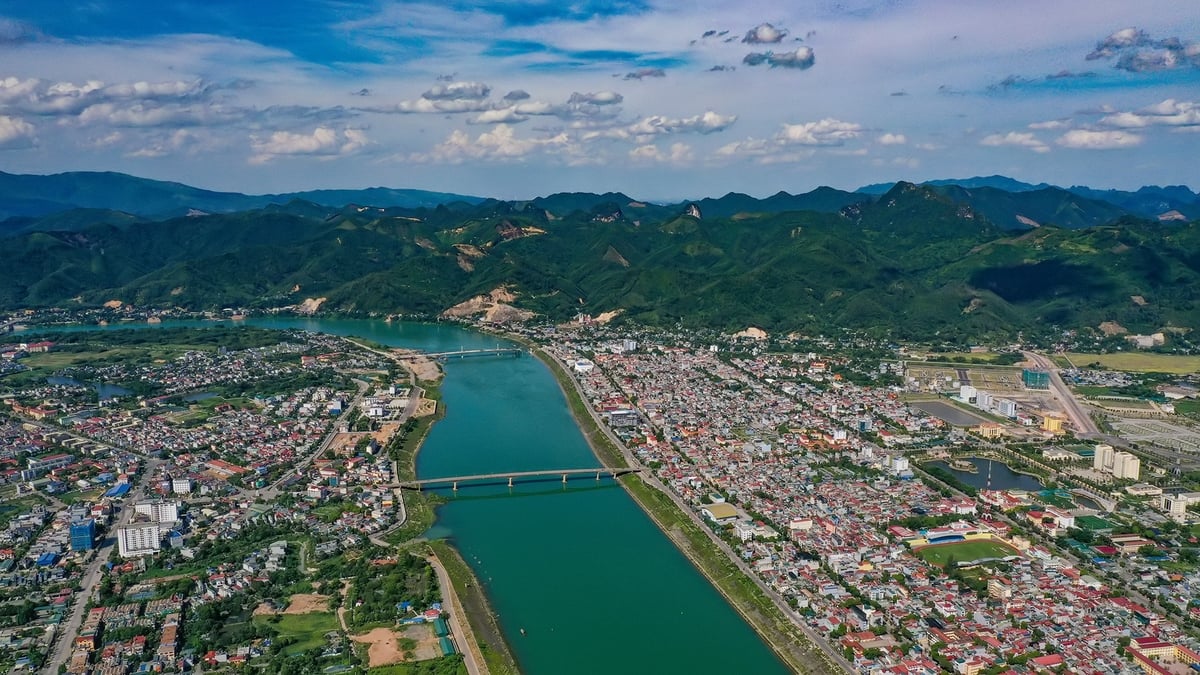


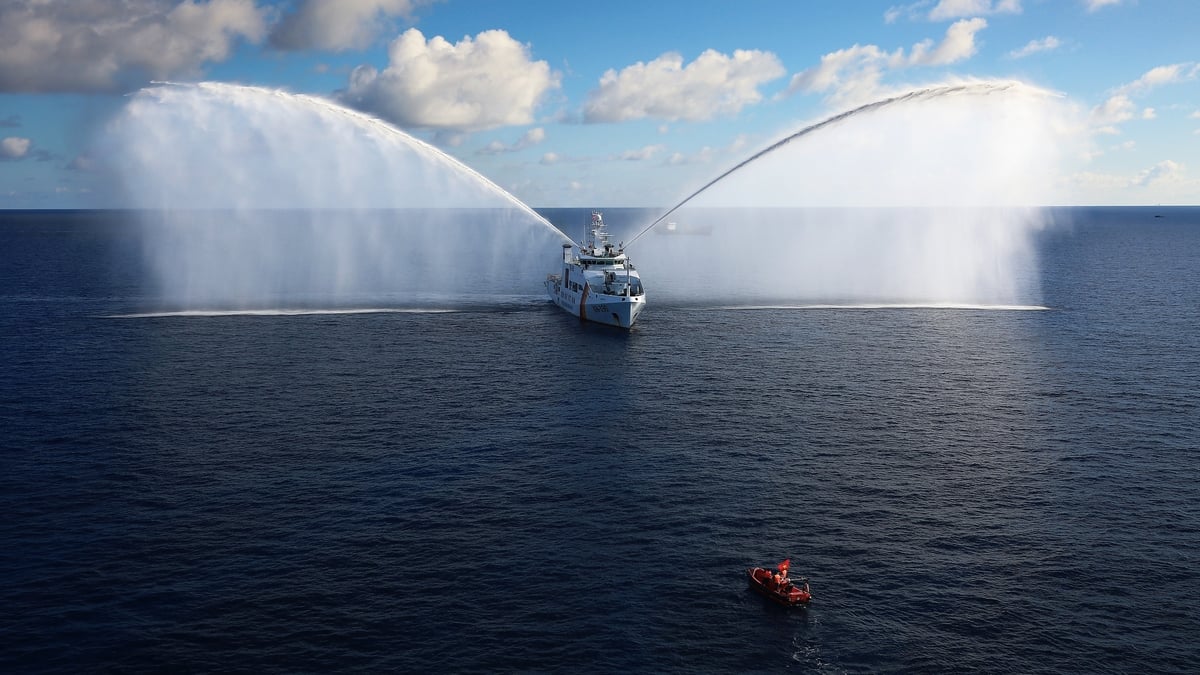
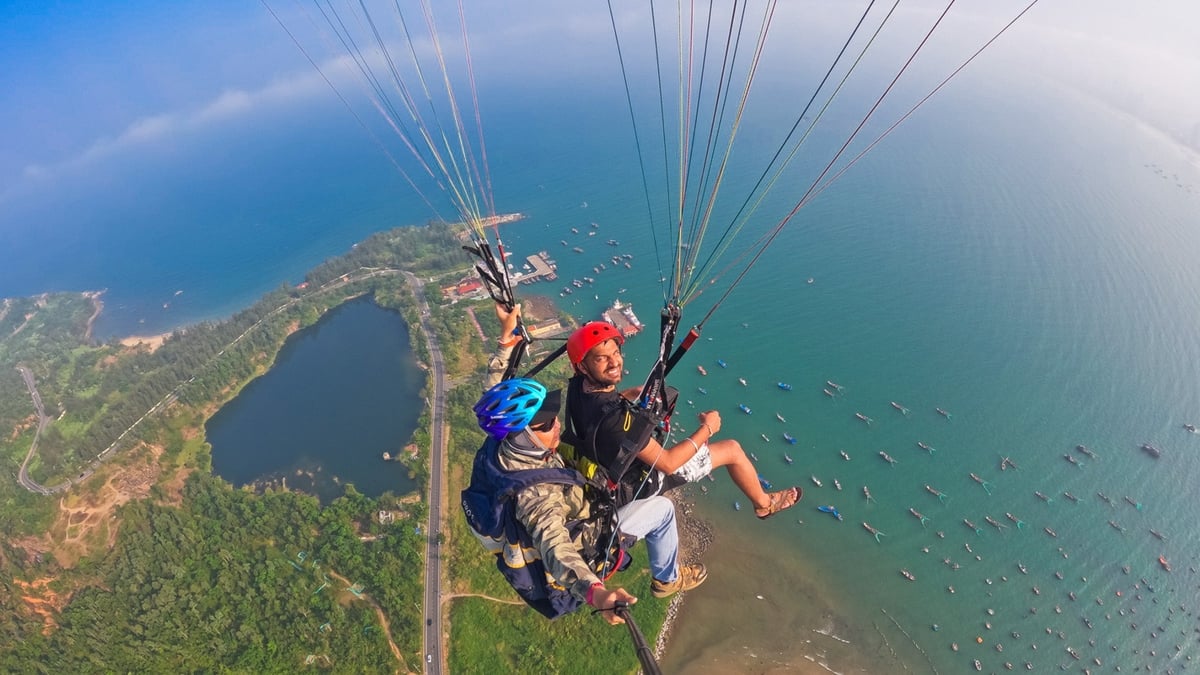

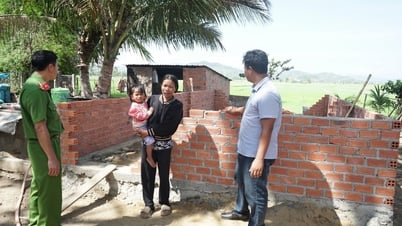









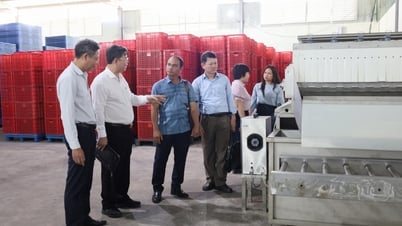

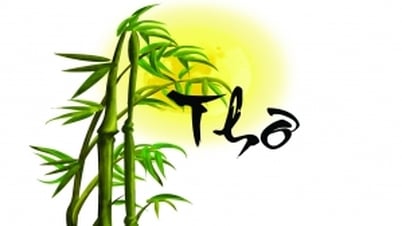
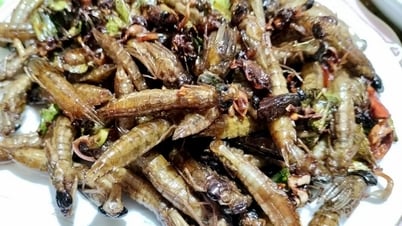
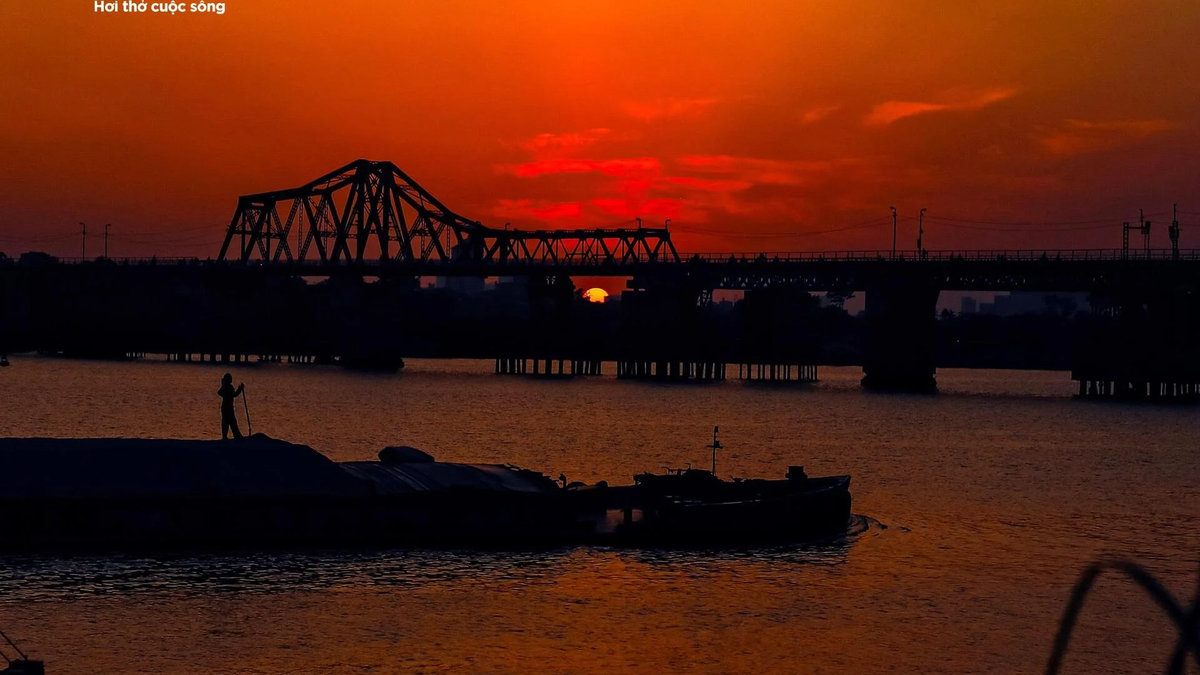
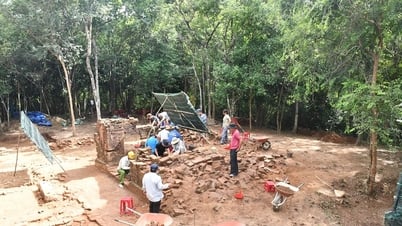







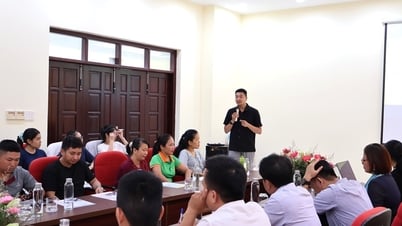






















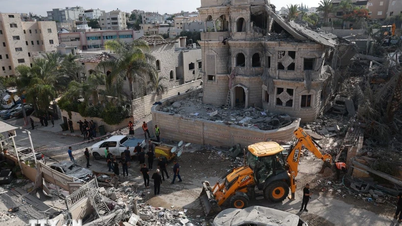
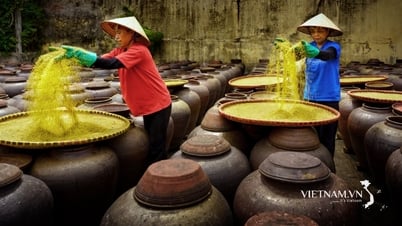




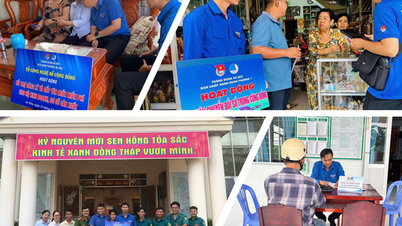

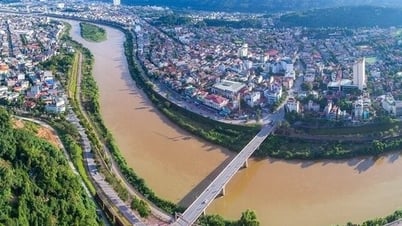


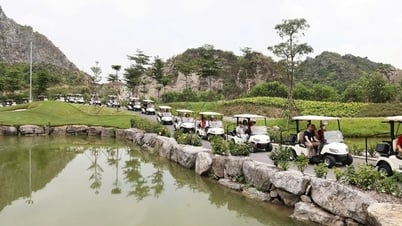


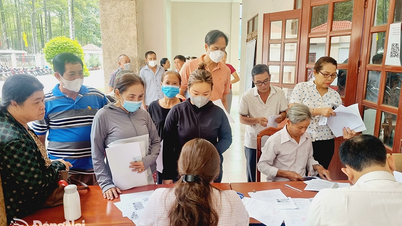


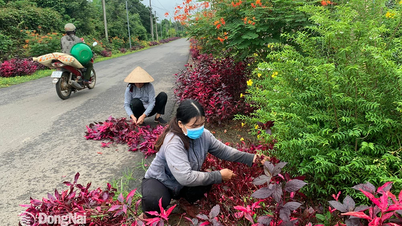
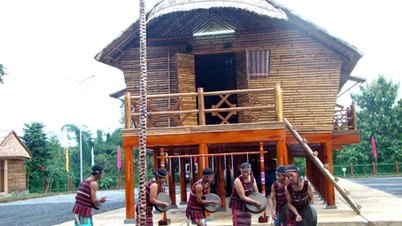
















Comment (0)